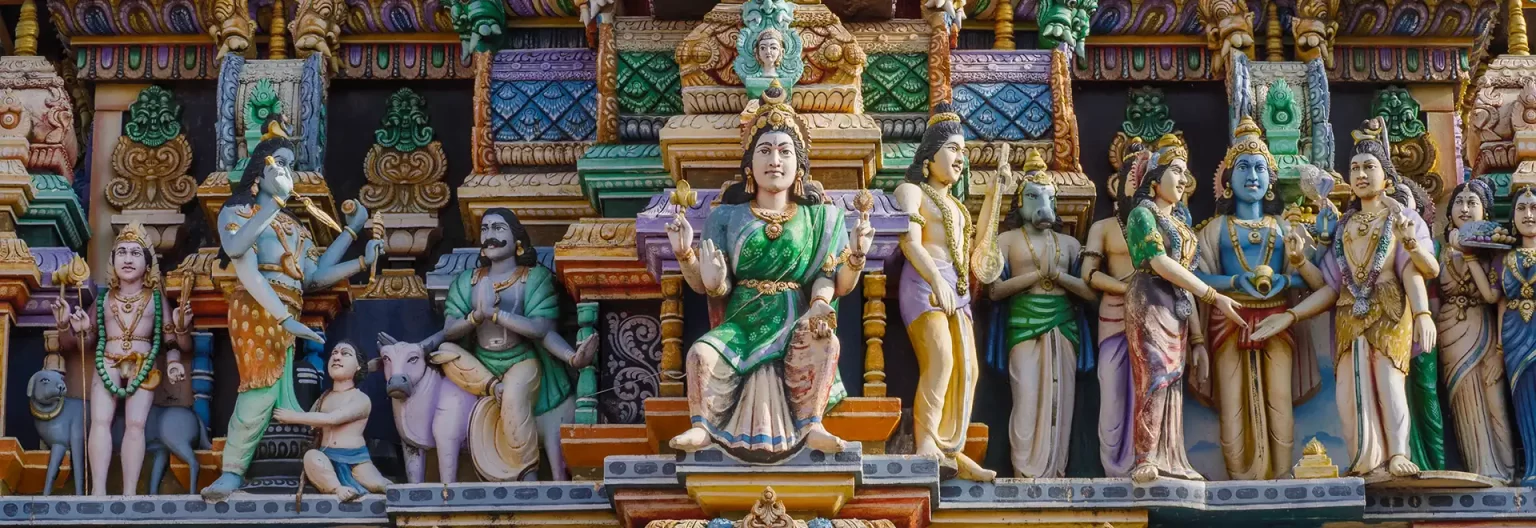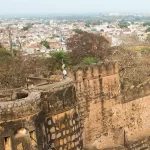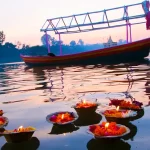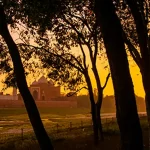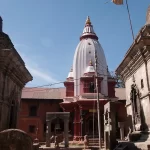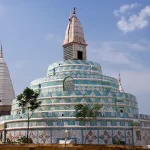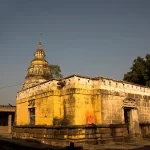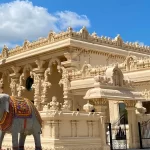Naimisharanya: A Sacred Abode of Spiritual Enlightenment
Naimisharanya, located in the Sitapur district of Uttar Pradesh, is a revered pilgrimage site steeped in spirituality and mythology. Known as the “forest of celestial bliss,” this sacred land is believed to be the first place on earth created by Lord Vishnu and holds immense significance in Hinduism. Also referred to as Misrikh-Neemsar, Naimisharanya is a destination where mythology and divinity converge, offering a transformative experience for devotees and visitors alike.
Mythological Significance of Naimisharanya
Naimisharanya finds mention in several ancient scriptures, including the Mahabharata, Ramayana, and the Puranas. It is believed that this forest was chosen by sages as a place to perform penance and conduct spiritual discourses. According to legend:
- The Wheel of Dharma: Lord Vishnu is said to have released a spinning chakra, instructing sages to establish a holy site where the chakra stopped. The wheel halted at Naimisharanya, marking it as a divine place for penance.
- Home to Sages: The forest served as a retreat for 88,000 sages who gathered here to seek divine knowledge and meditate.
- Vishnu’s Presence: It is said that Lord Vishnu resides eternally in this sacred land, blessing all who visit.
Key Attractions in Naimisharanya
- Chakra Tirtha:
- A circular pond considered the epicenter of spiritual energy in Naimisharanya.
- Pilgrims take a holy dip here to purify themselves and attain liberation from their sins.
- Vyasa Gaddi:
- The site where Maharishi Vyasa composed the Mahabharata and the Puranas.
- This serene spot holds immense significance for scholars and devotees.
- Lalita Devi Temple:
- Dedicated to Goddess Lalita, a manifestation of Shakti.
- The temple is a major attraction during Navratri, drawing thousands of worshippers.
- Hanuman Garhi:
- A temple dedicated to Lord Hanuman, believed to have been built where the deity rested after burning Lanka.
- The site offers a panoramic view of the surrounding sacred landscape.
- Panch Prayag:
- A confluence of five rivers, symbolizing the union of natural and spiritual elements.
- It is a picturesque spot ideal for meditation and reflection.
- Sita Kund:
- A holy tank believed to be where Goddess Sita performed her ablutions.
- The calm waters of the kund attract visitors seeking tranquility and spiritual solace.
How to Reach Naimisharanya
Naimisharanya is well-connected by road, rail, and air, ensuring a hassle-free journey for travelers.
By Air: The nearest airport is Chaudhary Charan Singh International Airport (Lucknow), located about 120 km away.
By Train: The nearest railway station is Sitapur Junction, which is approximately 40 km from Naimisharanya.
By Road: Regular buses and taxis operate from Lucknow and Sitapur, making road travel convenient.
Best Time to Visit
The ideal time to visit Naimisharanya is during the winter months (October to March), when the weather is pleasant and conducive for outdoor exploration. Festivals like Navratri and Kartik Purnima are particularly vibrant times to experience the spiritual fervor of the region.
Cultural and Spiritual Significance
Naimisharanya is not just a pilgrimage site; it is a center of cultural and spiritual learning. The sacred land has inspired countless spiritual seekers, scholars, and devotees for centuries. Its serene environment, combined with the deep-rooted mythology, makes it a hub for meditation, religious discourses, and cultural festivities.
Famous Festivals
- Navratri:
- Celebrated with grandeur at the Lalita Devi Temple.
- Devotees from across the country participate in prayers and rituals.
- Kartik Purnima:
- Marked by holy dips at Chakra Tirtha and other sacred sites.
- The festival symbolizes the triumph of light over darkness.
- Rama Navami:
- A celebration of Lord Rama’s birth, drawing large crowds to the temples of Naimisharanya.
Spiritual Activities and Experiences
- Meditation and Penance: The tranquil surroundings of Naimisharanya make it an ideal place for meditation and spiritual practices.
- Scriptural Studies: Scholars and spiritual aspirants often visit Vyasa Gaddi to delve into ancient texts and discourses.
- Charitable Acts: Many pilgrims engage in charity and community services as part of their spiritual journey.
Unexplored Gems in Naimisharanya
While the main attractions are well-known, Naimisharanya also offers hidden treasures for those willing to explore:
- Manu’s Altar:
- A lesser-known site associated with Manu, the progenitor of mankind in Hindu mythology.
- Balaji Temple:
- A quaint temple dedicated to Lord Balaji, offering a serene and less crowded spiritual retreat.
- Ashram Trails:
- Numerous small ashrams dot the region, each with its own unique history and spiritual significance.
- Forest Walks:
- The surrounding forested areas offer peaceful trails, perfect for introspection and connecting with nature.
Visitor Guidelines
To ensure a respectful and enriching experience, visitors are advised to:
- Dress modestly, keeping in mind the sanctity of the place.
- Maintain cleanliness and avoid littering in sacred sites.
- Respect the customs and traditions of the local community.
- Participate in rituals and activities with sincerity and reverence.
Naimisharanya is more than just a destination; it is a spiritual journey that transcends the boundaries of time and space. Whether you seek divine blessings, inner peace, or a deeper understanding of India’s cultural heritage, Naimisharanya offers an unparalleled experience. Its blend of mythology, spirituality, and natural beauty makes it a must-visit for anyone yearning to connect with the divine essence of life.

